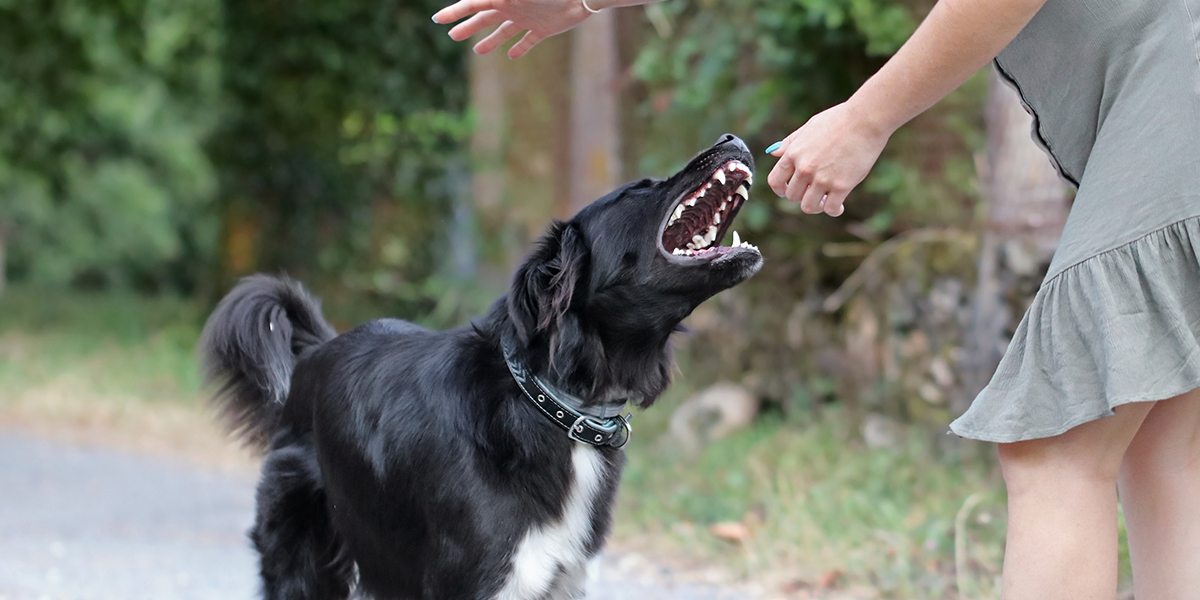Blog Details
Home » When dogs bite – making a claim as a result of a dog attack?
- September 20, 2023
When dogs bite – making a claim as a result of a dog attack?
Dom

Dog attacks can be a frightening experience whether it occurs in public, or when someone is a lawful entrant on someone’s property.
What many people don’t know is that the law recognises attacks by dogs causing injury as a category of personal injury (negligence).
If you have been bitten by a dog, the circumstances surrounding the attack, including the conduct of the owner with respect to the animal, become important considerations when pursuing a successful claim.
How do I bring a claim and what do I need to prove?
Successfully proving a personal injury claim as a result of a dog bite can be quite complex as there are many considerations and variables to consider such as:-
- Where the attack occurred (in a public place or within the owner’s property);
- Your conduct leading up to the attack (was the animal provoked);
- The breed of dog;
- The owner’s, or the relevant authority’s, knowledge of any aggressive behaviour or similar incidents; and
- Any warnings or precautionary measures taken by the owner (such as signed warnings on a property or a muzzle on the dog when in public).
Personal injury claims for dog attacks are brought under the umbrella of claims known as “public liability” claims which also includes slip/trip and fall injuries and is brought under the Personal Injuries Proceedings Act 2002 (“the PIPA”) and liability (negligence) is determined with reference to the Civil Liability Act 2003.
As with other personal injury claims, to prove negligence has occurred, it is necessary to show that a duty of care was owed to you by the owner of the animal, and that the risk that the dog may attack (when considering the circumstances) was foreseeable and that reasonable steps should have been taken to avoid the attack.
Case Example
Such claims have been determined by the Courts, such as the matter of Collins v Carey & Anor [2002] QSC 398”. Then change second paragraph to “In this case, the owner had restrained his dog, however, the lead was still within sufficient reach of allowing the dog to attack the plaintiff when removing items that he was engaged to remove. The plaintiff was successful in proving negligence against the owner of the dog and was awarded damages.
In this case, the owner had restrained his dog, however, the lead was still within sufficient reach of allowing the dog to attack the plaintiff when removing items that he was engaged to remove.
What is notable about this case is that the Plaintiff was not able to prove that the owner had any prior knowledge of his dog displaying aggressive tendencies, or has a history of biting people, however, the case turned on the owner not taking reasonable precautions (in the circumstances) to avoid the attack occurring.

